T4K3.news
Texas redistricting reshapes maps to boost GOP control
Texas approves a new map that could tilt seats toward Republicans ahead of midterms.
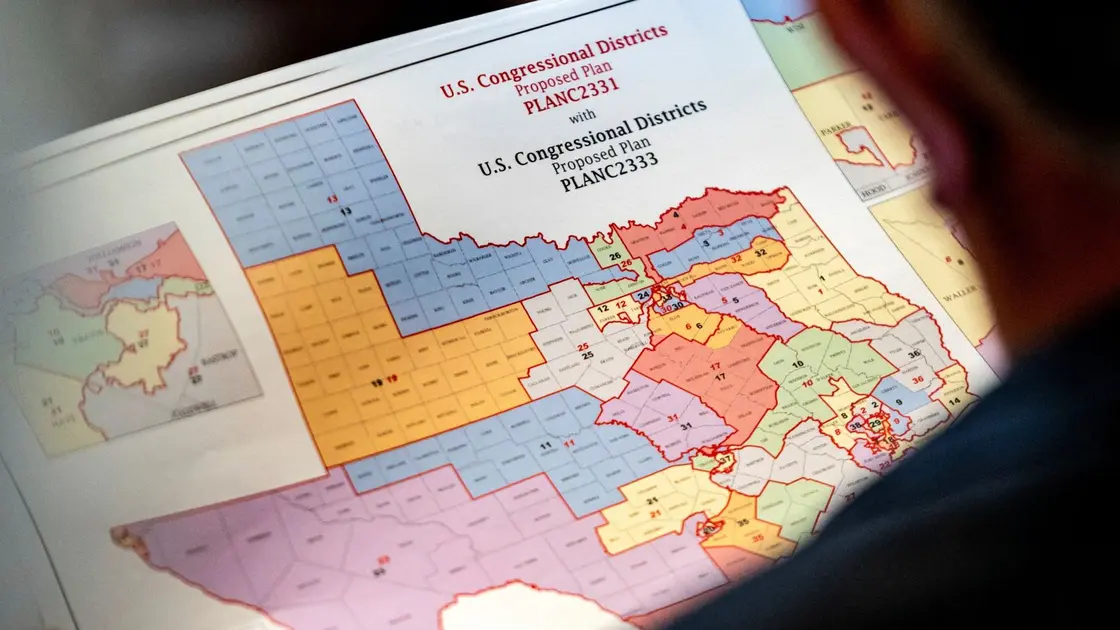
Texas advances a new congressional map that could tilt seats toward Republicans ahead of the midterms.
Texas redistricting reshapes maps to boost GOP control
Texas lawmakers approved a new congressional map that moves conservative voters into districts held by Democrats and merges others with Democratic majorities. The plan grows out of the redistricting process that follows the census and, within legal bounds, aims to reflect population shifts. Governor Greg Abbott has signaled his intention to sign the bill after it clears the legislature, following a dramatic session in which Democrats fled the chamber to block the vote and security measures were put in place.
Meanwhile, Democrats in California announced a counter redistricting effort in a bid to preserve numerical balance, acknowledging that rules around independent commissions and voter approval make the path more complex in blue states. The moves illustrate how map drawing can become a central battleground in a national contest over control of Congress, with potential consequences for the 2026 midterms even before ballots are cast.
Key Takeaways
"This is Donald Trump's map"
Democrat representative John H Bucy comments on the redraw
"It clearly and deliberately manufactures five more Republican seats in Congress because Trump himself knows that the voters are rejecting his agenda"
Bucy on the political aim behind the map
"In a democracy, people choose their representatives"
Democrat Chris Turner on the principle at stake
The episode underlines a recurring theme in American politics: electoral maps can shape outcomes as much as campaigns. Redistricting has long been a tool for parties to lock in advantages, and the Texas episode shows how urgent timing can amplify the effect. Critics warn that the process risks eroding trust when boundary lines appear to be drawn to favor one party over voters. Proponents argue the process is a standard update that keeps districts fair and representative after demographic shifts.
The broader risk is that partisan mapmaking could become a norm in tight political environments, potentially prompting more states to pursue aggressive redraws. Independent commissions, voter referendums, and court challenges loom as checks on power, but their effectiveness varies by state and political climate. The public may respond with turnout spikes or backlash that reshapes the political landscape anyway.
Highlights
- Power should come from people not politicians drawing the lines
- What citizens want should guide representation not maps
- Maps decide who speaks in the halls of power
- Democracy lives in the ballots not in the lines
Political risk and potential backlash
Redrawing districts in a highly polarized climate risks legal scrutiny, public backlash, and questions about fairness. The process could become a political flashpoint that affects voter trust and turnout.
The map war reveals a democracy wrestling with numbers as much as ideals.
Enjoyed this? Let your friends know!
Related News

California Democrats unveil redistricting plan

Newsom plan could reshape California redistricting
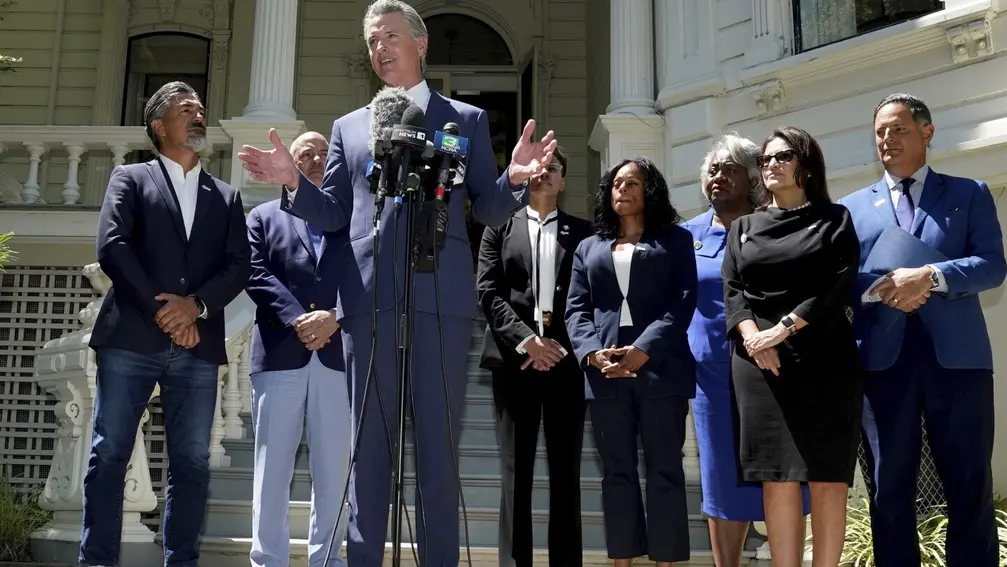
California Democrats propose redistricting changes
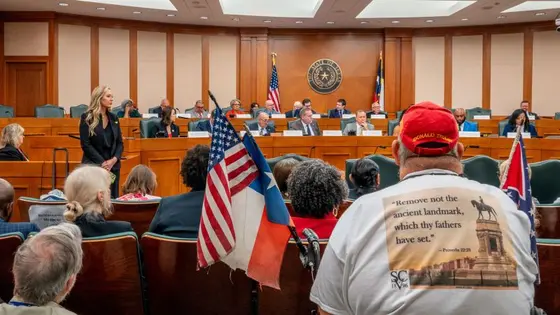
Supreme Court ruling enables Texas gerrymandering
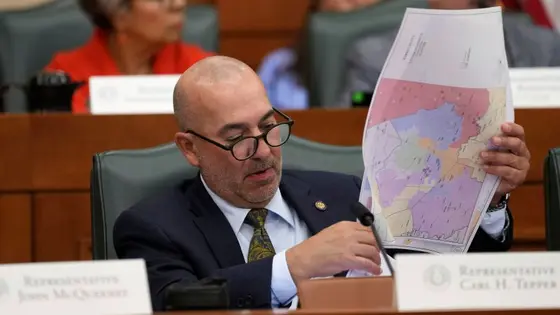
Texas congressional map advances amid party tensions
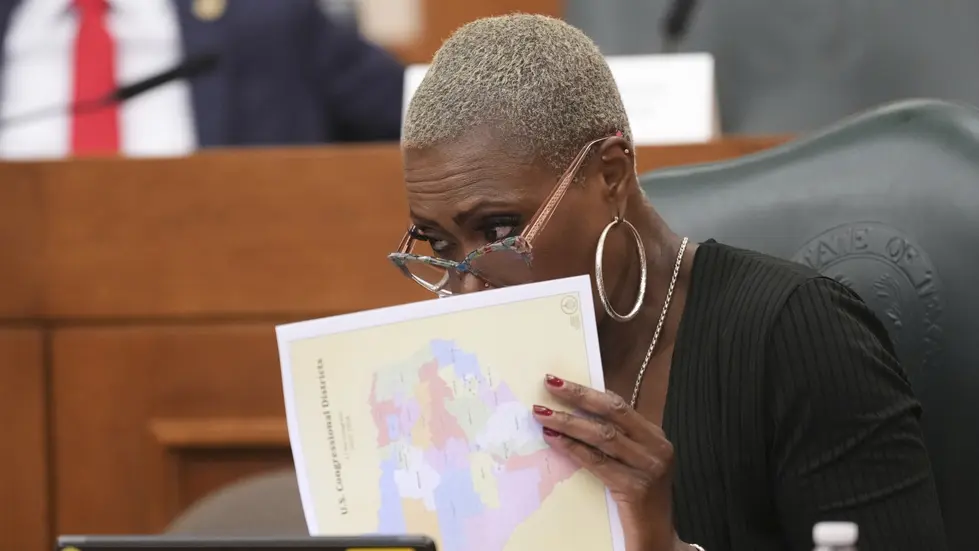
Texas Republicans release new redistricting plan

Trump urges Texas to redraw congressional map
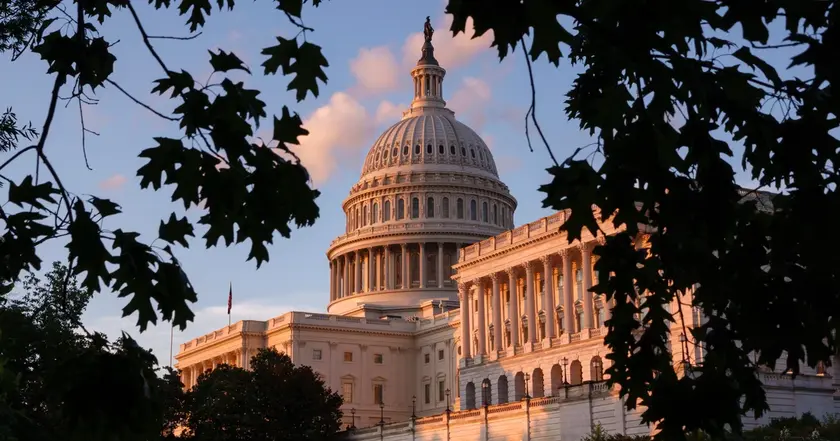
Texas advances controversial redistricting plan
